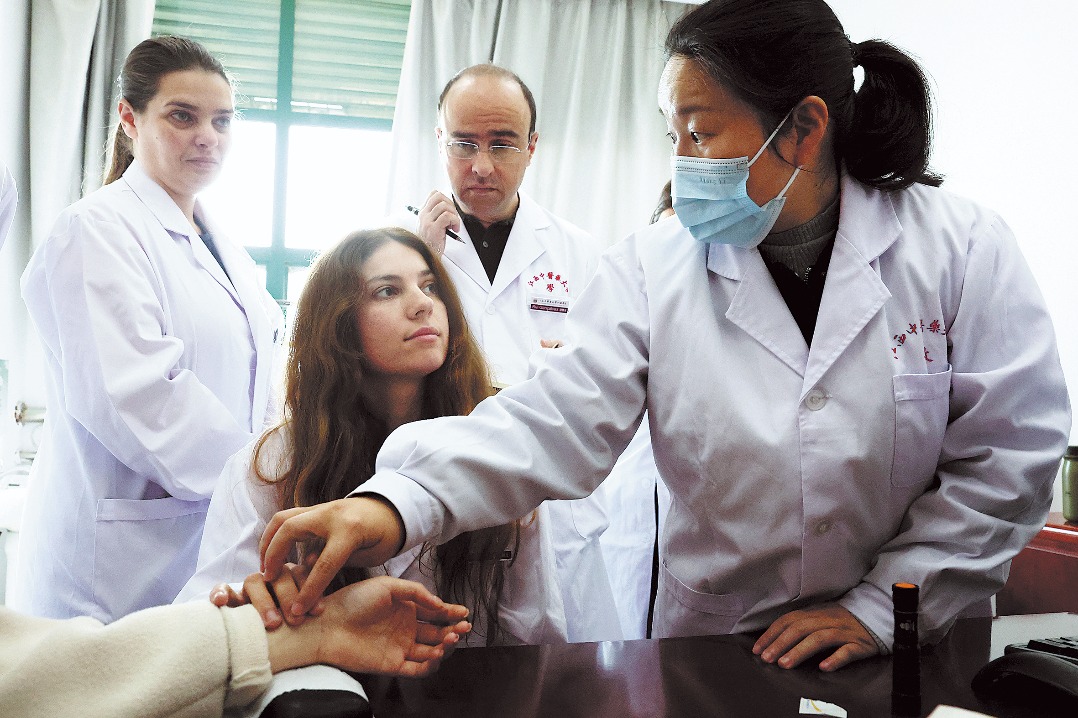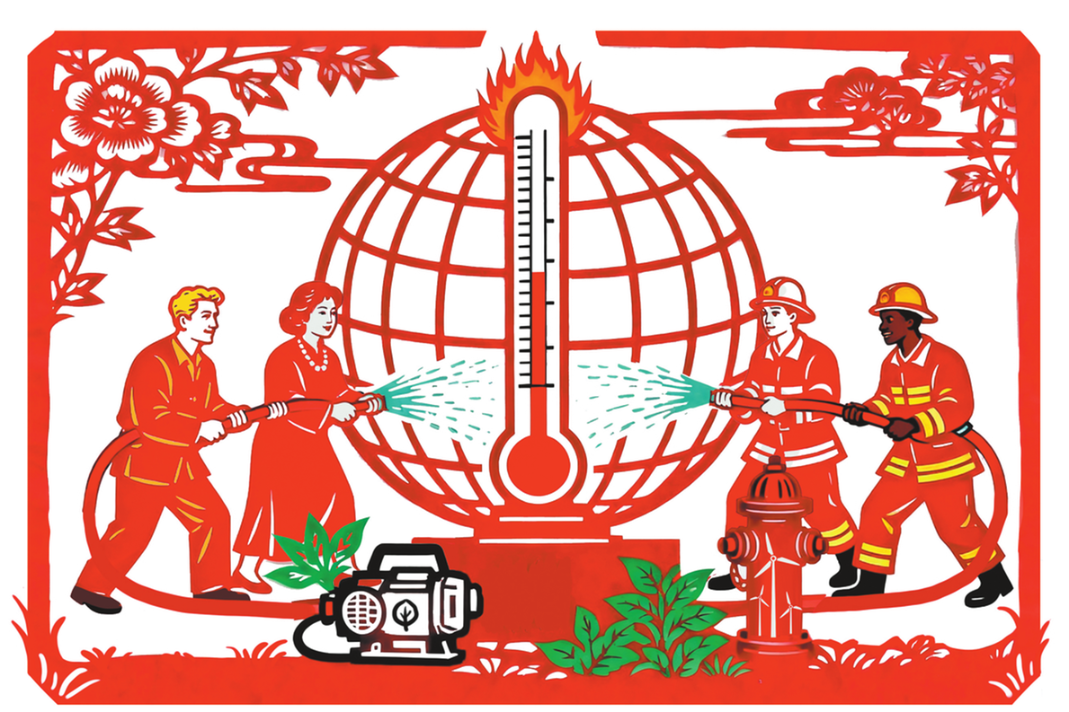Big challenge ahead
Action urgently needed to prevent and control the occurrence and development of obesity


Obesity has become a serious public health problem globally, not only in developed countries, but also in developing countries, not only among adults, but also among children.
In 2015, about 107.7 million children and 603.7 million adults were obese worldwide. Among the 20 countries with large populations, the highest prevalence rate of adult obesity was 35.3 percent in Egypt, and lowest was 1.6 percent in Vietnam. The highest prevalence rate of obesity in children appears in the United States with 12.7 percent and the lowest in Bangladesh, 1.2 percent. Although the obesity rate is currently smaller in developing countries, if no effective interventions are taken, the obesity rates in developing countries will soon catch up with or even overtake the obesity rates in developed countries.
According to the Report on Nutrition and Chronic Diseases of Chinese Residents, released by the National Health Commission in December, the overweight and obesity rate of urban and rural residents of all age groups continues to rise; and more than half of adults are overweight or obese.
Although the overall overweight and obesity rate in China is lower than that of developed countries in Europe and the US, the absolute number will be the largest.
In addition, the situation of obesity is more threatening considering the rapid increase of the overweight and obesity rate in China. The rate was lower than 5 percent before the 1980s; it started to increase in the 1990s, and has kept soaring to 50 percent since 2020.
The factors contributing to the rapid growth of obesity are many and complex, including genetics, diet, lack of physical activity, food environment and culture. Among above-mentioned, an obesogenic environment, one that encourages people to eat unhealthily and not do enough exercise, plays a key role in obesity growth, including irrational diets with an oversupply of fat, overconsumption of food items with high energy density, skipping breakfast, increased consumption of soft drinks, more frequent eating out, insufficient physical activity and increased time in front of a screen.
The socioeconomic and cultural context in China also contribute to obesity. Studies indicated that the higher the socioeconomic status including income and education level, the higher the obesity prevalence.
Obesity not only impacts health, but also hinders social development. Obesity is a kind of disease per se, and also a risk factor for non-communicable diseases, such as cardiovascular, endocrinology, respiratory systems, liver, skeleton, psychological behaviors, cognitive and intelligence capacity.
What's more, obesity is a serious economic burden. The share of noncommunicable disease spending caused by obesity against the total health expenditure for China is higher than that of Australia and France. Between 2000 and 2025, the indirect losses caused by obesity will account for 3.6 to 8.7 percent of gross national product.
To fight against obesity, the World Health Organization has released a series of guiding reports, such as the Report of the Commission on Ending Childhood Obesity. In China, actions and policies closely related to obesity prevention and control have also been launched, such as the Outline of the Programme for Food and Nutrition Development in China (2014-20), the National Nutrition Plan (2017-30), and the Implementation Plan for Prevention and Control of Obesity among Children and Adolescents.
Besides carrying out related policies, lessons from the US in the battle with obesity should also be learned. More measures must be formulated in China; otherwise, the window of opportunity will close.
First, creating a supportive environment. The country should actively carry out education and awareness campaigns, improve the availability of healthy food and provide sufficient physical activity facilities in communities. At the same time, the whole of society should work together to create a positive and healthy social environment.
Second, creating a good nutritional environment in early life. During pregnancy, reasonable diets and adequate physical activity should be ensured in order to control weight gain and keep appropriate growth. It is recommended that infants be breastfed for six months, and gradually complementary food be added after six months. Attention should be paid to the balanced nutrition and energy of complementary food.
Third, promoting balanced diets and healthy eating. Only a diet composed of various kinds of food can meet the nutrient and energy needs of the human body. The daily diet should contain cereals and potatoes, livestock, poultry, fish, eggs and milk products, vegetables and fruit, soybeans, nuts and fats. People should have regular meals, eat breakfast every day and reduce the frequency of outside eating. Excessive intake of energy and overeating should be avoided. It is also important to choose reasonable snacks, not to drink sugar-sweetened beverages and have an adequate intake of water.
Finally, keeping regular physical activity and reducing sedentary behaviors. It is recommended to have at least three to five days of moderate and high-intensity physical activity every week for more than 150 minutes. Screen time should be limited.
Once obesity is developed, it is challenging to lose weight. Prevention should be the key guiding principle to control obesity at the population level. Efforts should be made at the early stage of life, starting from the pregnancy.
International economic agreements and policies conducive to prevention and control of obesity should be formulated. Policy related to obesity prevention and control needs to be integrated into all policies and the obesogenic environment should be improved.
With the government taking the lead and multi-sector cooperation, the engagement of public should be established. The obesity surveillance system should be improved by incorporating obesity rates into the existing national surveillance systems. Three-tiered prevention and control should be implemented, namely general prevention, targeted prevention for high-risk groups and integrated interventions for overweight and obese groups.
Zhang Na is an assistant professor and Ma Guansheng is a chair professor of the Department of Nutrition and Food Hygiene of the School of Public Health at Peking University. The authors contributed this article to China Watch, a think tank powered by China Daily. The views do not necessarily reflect those of China Daily.


































